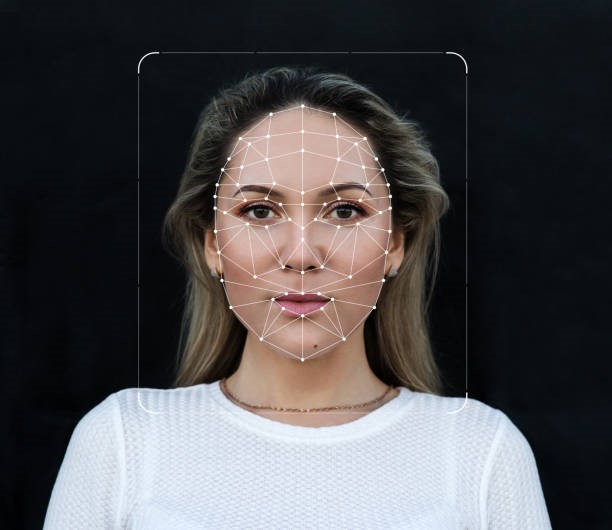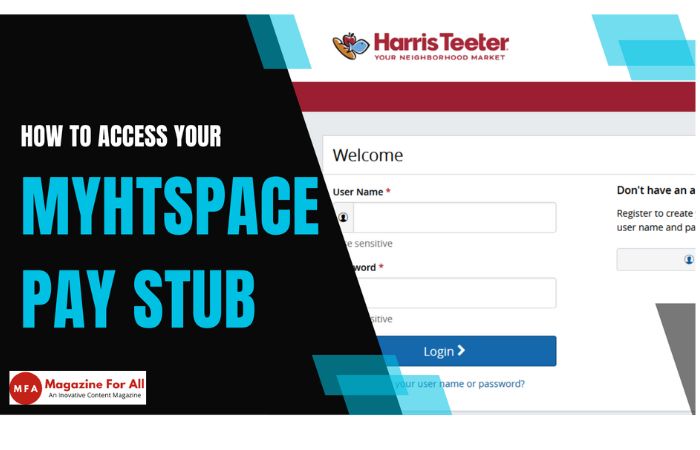Utilizing an omnichannel approach has proven to be quite advantageous, for businesses. As per the research conducted by the Aberdeen Group companies that implemented an omnichannel strategy experienced a 91% increase in customer retention year after year compared to those who didn’t. In today’s environment, it is not just beneficial but also essential to be easily accessible and responsive across multiple communication platforms.
An omnichannel contact center is a cloud-based software solution designed to streamline customer interactions through different channels. These channels include phone calls, chats, emails, text messages and social media platforms. The unique feature of an omnichannel contact center lies in its ability to integrate these communication channels into an interface. This integration ensures that support agents have an overview of every customer interaction eliminating the need for customers to repeat information, across mediums.
Table of Contents
Difference between Omnichannel and Multichannel Contact Centers
Distinguishing between multichannel and omnichannel contact centers is crucial. While both provide various contact channels, the key differences lie in smooth transitions, CRM integration for customer data, real-time insights, and unified handling by one team.
In multichannel centers, separate teams manage different channels, resulting in fragmented records and customer restarts. On the other hand, omnichannel integration consolidates all channels, history, and data for a seamless experience, eliminating repetition and enabling centralized handling.
Apart from these features, multichannel centers suffer from poor customer experience, higher costs, and potential disengagement. Research emphasizes the importance of adopting an omnichannel approach to prevent customer loss after a single negative experience.
Key Features of Omnichannel Contact Centers
When evaluating omnichannel contact center solutions, several key features should be considered:
- Cloud-Based with a Unified Interface: An intuitive and easy-to-use interface that provides real-time data for each agent, ensuring seamless channel transition.
- Seamless Integration between Channels: Scalable and agile integration capabilities that adapt to new channels without disruptions or workflow changes.
- Customer Insights for Personalized Experiences: A comprehensive view of customer data, interaction history, and real-time insights to enhance personalization and tailor support experiences.
- Intelligent Routing of Inbound Requests: Features such as automatic call distribution (ACD), deep CRM integration, and conversational AI to connect customers with the right agent efficiently.
- Integrated Data Across the Customer Journey: Comprehensive data gathering along each customer touchpoint, ensuring a reflective customer interaction history.
Benefits of Cloud-Based Omnichannel Contact Centers
Cloud-based omnichannel contact center solutions offer various advantages, which includes:
– Simplifying complex interactions by streamlining customer service tools.
– Facilitating remote connectivity for team members, including those operating from home.
– Boosting productivity and efficiency through the use of a cohesive platform.
– Augmenting scalability and agility to ensure smooth integration with emerging channels.
Omnichannel Contact Center Best Practices
As businesses transition to omnichannel environments, certain strategies and best practices can optimize the customer service experience:
- Build More Personalized Experiences: Utilize the information collected by omnichannel contact centers to craft individualized engagements. Understand customer preferences and tailor support accordingly.
- Map Out Common Customer Journeys: Gain insights into customer journeys across channels to optimize the omnichannel approach. Understand the paths customers take and adapt strategies accordingly.
- Be Proactive About Data Collection: Take a proactive approach to data collection by arming support teams with extensive information. This should encompass past discussions, up-to-the-minute observations, and customer engagements across different points of contact.
- Monitor Changes in Customer Preferences: Stay attuned to evolving customer needs and preferences. Adapt to changes in communication channels and customer sentiment.
- Find a harmony between humans and technology: Acknowledge the pivotal role of technology while ensuring the human aspect is not disregarded. Balance efficiency with customer satisfaction and integrate new channels thoughtfully.
- Integrate Before Launching a New Channel: Plan and integrate new channels into the existing omnichannel strategy seamlessly. Consider how each platform fits into the overall strategy and agent workflows.
Features to Look for in an Omnichannel Contact Center Solution
Consider the following attributes when choosing an omnichannel contact center solution:
- Cloud-Based Deployment: Guarantee secure entry from any place, encompassing remote work environments.
- Intelligent Case Routing: Efficiently route inbound calls and case topics to the right agents and workflows.
- Unified Agent Tools: Provide a unified dashboard for managing calls, cases, and tickets without switching tools.
- Integration with Business Applications: Connect seamlessly with customer data platforms, including CRM, marketing, sales, and self-service support software.
- Comprehensive Analytics and Reporting: Streamline contact center reporting for various contact channels.
The Future of Customer Service: Evolving with Technology
As technology advances, customer service’s future lies in continuous adaptation to emerging trends. Companies are increasingly adopting advanced technologies to enhance customer support and engagement. Artificial Intelligence (AI) is integrated to automate responses, employ chatbots, and use predictive analytics for anticipating customer needs. Augmented Reality (AR) and Virtual Reality (VR) are leveraged to create immersive customer support experiences, especially in technical troubleshooting scenarios. Blockchain technology enhances data security and privacy, instilling trust among customers. Voice and speech recognition technologies advance for improved customer authentication and personalized interactions. Additionally, the integration of the Internet of Things (IoT) allows for proactive issue resolution, utilizing device data for predictive maintenance and support. These innovations aim to revolutionize customer service by providing efficient, secure, and personalized solutions.
Conclusion
Omnichannel contact centers mark a crucial shift in customer service, meeting the expectations of digitally connected consumers. By uniting communication channels in one interface, businesses can improve experiences, streamline operations, and gain a competitive edge. Staying ahead requires embracing emerging technologies, refining omnichannel strategies, and anticipating further innovation. Prioritizing new channels, personalization, and cutting-edge tech positions businesses at the forefront of the customer service revolution.










































































